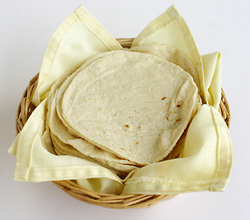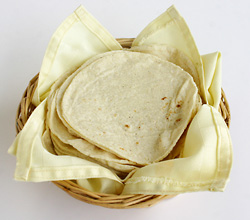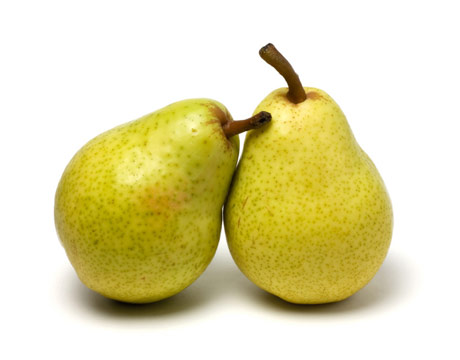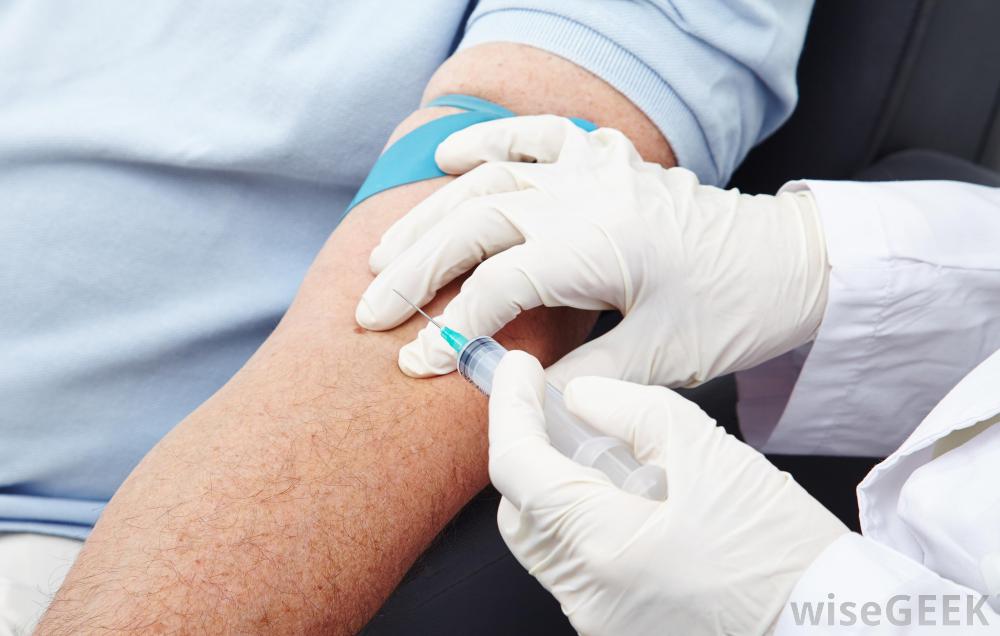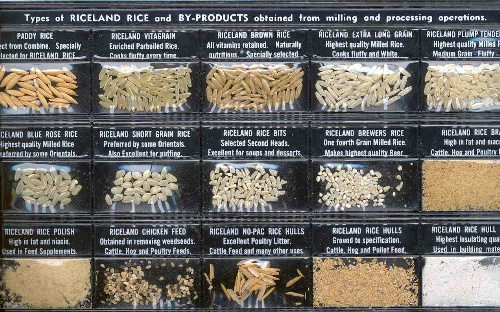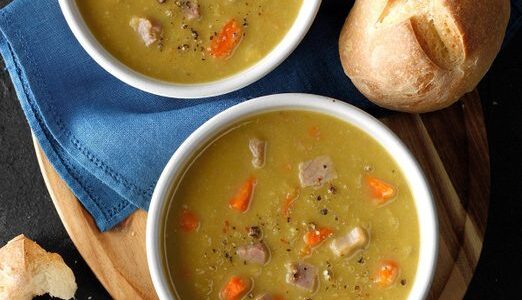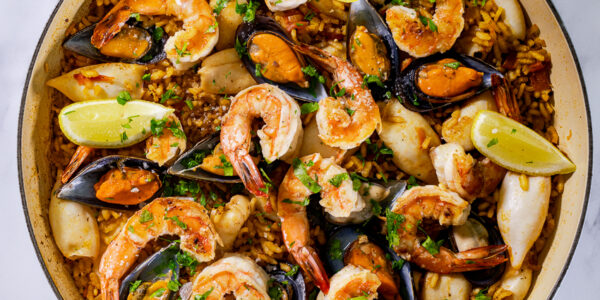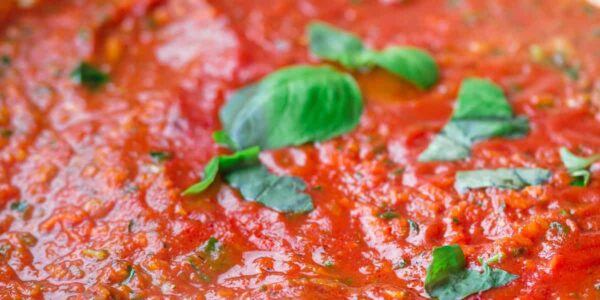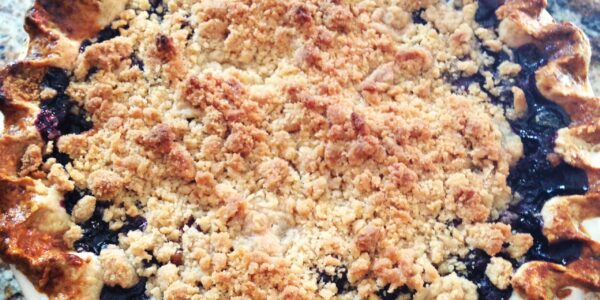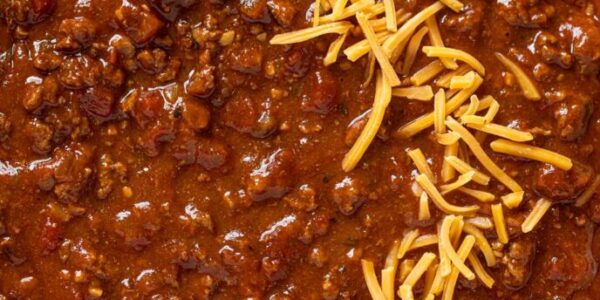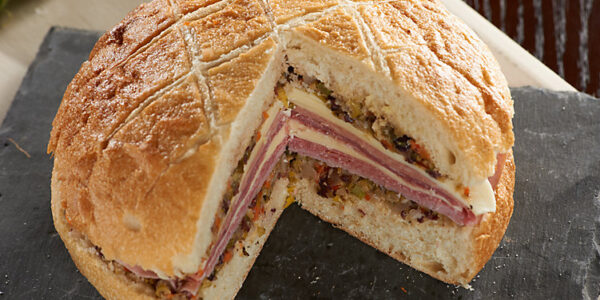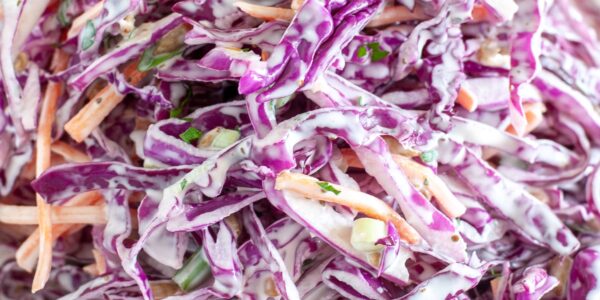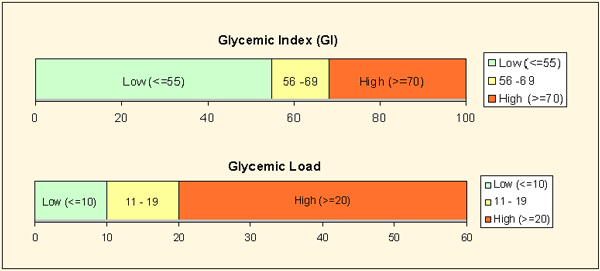I had a question about the Glycemic Index of Spaghetti.
Not to worry Pam in Australia, the GI of white pasta spaghetti is just 64, but even better is the Value of 32 for whole wheat spaghetti.
Farm On you Fat Farmers and thanks for the question,
Jug
glycemic index
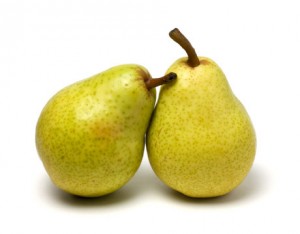 I think we’ve discussed before that weird diets don’t work. Sure, you might lose 10 or 15 lbs on the cabbage diet, then wham, a plateau and you’re stuck. That’s because your body adjusts to your new calorie intake and if it is too low your body shifts into “starvation” mode to keep you from starving to death and you lower your metabolism making you feel crappy and depressed because you aren’t losing weight. You need a diet that makes sense.
I think we’ve discussed before that weird diets don’t work. Sure, you might lose 10 or 15 lbs on the cabbage diet, then wham, a plateau and you’re stuck. That’s because your body adjusts to your new calorie intake and if it is too low your body shifts into “starvation” mode to keep you from starving to death and you lower your metabolism making you feel crappy and depressed because you aren’t losing weight. You need a diet that makes sense.
Most diets deprive you of something you need to be healthy. That’s why you can’t binge diet. To be healthy you need to:
Drink 80 to 120 oz of water per day
Yes, you can get water from coffee, tea, coke zero, etc, etc, but those other drinks add toxins and sugar that your system will need to fight to eliminate. Drink water. Actually, better yet, drink water with lemon in it. As much lemon as you want, just no sugar. Lemon in your water helps to neutralize your pH because even though lemon juice is acidic it is processed by the body making it a base.
Eat a diverse, well balanced diet
We’ve heard that line all our lives, but what does that mean? It means that you should have a protein at every meal. Eat different proteins, mix it up. Eat beef or pork for breakfast, chicken for lunch or fish for diner. Don’t stop there. Try new stuff. Eat lots of vegetables. All colors of vegetables.
Lots of fruit too. Try eating vegetables or fruit for snacks. You can almost eat a much as you can hold. But its important to lower your desire to stuff your self to the gills. You do that by not eating sugar or carbohydrates high on the GI scale.
Remember, sugar begets more sugar. Yes, you do need carbs, but make sure they are complex carbohydrates, allowing your body to convert them to energy over a longer time, using more of the energy instead of storing it as fat. That brings up the “f” word, Fat. Don’t fear fat. Eat natural butter, not margarine. Eat lean meat but don’t worry about that too much. Eat and use olive oil in cooking and salad dressings. You get the drift. We’ll talk more about it as time goes by.
Exercise when you can
Do what you can to exercise. Take the stairs, walk the dog, etc. Exercise not only burns calories but also raises your metabolism making your body burn more calories even at rest.
Eat healthy foods
Most importantly, when you put something into your body, make sure it’s good for you. Read the label, if you don’t know what the ingredient is don’t eat it. Try to make your own food. Don’t eat out as much. If you eat packaged or processed food, don’t eat anything that has more than 5 ingredients on the label.
If you drink alcohol
Try to reduce your intake and drink more red wine than any thing else. If you normally have a drink or two a night, don’t drink on Wednesdays for a couple of months. You’ll be surprised at the difference.
It used to be thought that alcohol was treated by the body as a carbohydrate. It isn’t. When you take a drink, your body gives priority to metabolizing the alcohol first. So alcohol is really treated like a fat in the body.
“This is because alcohol is oxidised by the body in preference to fat, thus ‘saving’ fat for storage. Therefore, alcohol affects the diet in the same way as an increase in the percentage of fat eaten. This is something to remember in your weight loss quest.” – BYC
In Conclusion
So, if you do all five of the things above and you still aren’t losing weight, the only thing left is portion control. You are now healthy, just not at your ideal weight because of the stored calories in your past.
You only have one option:
1. eat fewer calories than you burn
But you can do that in two ways:
1. eat less
2. exercise more
Here at the Fat Farm we consider these suggestions as a diet that makes sense and recommend tracking your caloric intake at SparkPeople.com
Their online tracking method will tell you the number of calories you need and even calculate the nutrition for you. If you are diabetic they will track your glucose readings among other things. Ask me how I use it to keep my recipes and normally eaten (grouped) foods charted.
Later – Jughandle
Diabetes – if you are reading this rant you more than likely either have type 1 or type 2 diabetes, know someone close to you who does, or have been diagnosed as “pre-diabetes” by your doctor.
My wife Darlene has been diagnosed with Type 1 diabetes within the last year. She isn’t your typical over weight, sugar eater. Darlene is 5′ 9″ tall and weights just 122 lbs, but diabetes DOES run in her family. Darlene’s symptoms didn’t jump out at her. She was a little more thirsty and had to pee more often.
Darlene has had a terrible time with menopause . Her “change” has lasted over 15 years with nightly bouts of hot flashes, cold sweats, leg cramps and other symptoms. The reason I mention the menopause is that because of her problems with it she signed up for 3 clinical trials that tested drugs that were supposed to help with the symptoms. The bad news is that with the first two she got the placebo.
The third time, when she was getting her blood test to see if she was healthy enough to take the trial, her glucose numbers were dangerously high. In fact the nurse reading the results told Darlene to go to a doctor or ER right then. Darlene’s glucose was close to 500!
The general practitioner found scary numbers. Darlene’s A1C (3 month average blood glucose average) that for a normal person is supposed to be between 5 and 7, was 14!!!!!
Long story short, Darlene was first treated as a Type 2 diabetic. The drugs didn’t do the job which lead her Doctor to believe she is a Type 1 diabetic. Monitoring her blood glucose level as much as 10 times a day and taking long and short term insulin injections have brought her A1C down to 6.7. The biggest problem she has had is trying to avoid hypoglycemia.
What is Diabetes?
Diabetes is a disease that causes your blood glucose level to be too high. Glucose comes from the food you eat. Your body needs glucose on the cellular level to give you energy, fuel cell growth and promote brain function. Insulin, a hormone produced by your pancreas, helps the glucose get into your cells to give them that energy. When your pancreas stops producing insulin you have Type 1 diabetes. When your pancreas has trouble producing enough insulin, our your body has trouble utilizing the insulin, you have Type 2 diabetes.
Pre-diabetes
Having pre-diabetes means that your blood sugar is higher than normal but not high enough to be called Type 2 diabetes. Having pre-diabetes puts you at a higher risk of getting type 2 diabetes. It doesn’t mean you are going to get diabetes, it just means you need to make some changes.
Health Problems Associated With Diabetes
Over time, elevated glucose levels can cause serious problems. Diabetes can damage your eyes, kidneys, and nerves. It can also lead to heart disease, stroke and reduce blood flow to your extremities ending even with the need to remove a limb. Having diabetes can also put you at a higher risk for bone and joint disorders. Other complications of diabetes include skin problems, digestive problems, sexual dysfunction, and problems with your teeth and gums. Pregnant women with diabetes is usually gestational diabetes.
What To Do
If you have been diagnosed with any form of diabetes, follow your doctor’s instructions. Diabetes is not going to just go away. With type 2 diabetes it is possible to get to the point that you may not need medications any more. Diet is very important to all forms of diabetes so the Fat Farm is going to post recipes with the diabetic in mind.
Many Small Meals
The importance of maintaining a blood glucose level between recommended standards can not be over stated. Eat 5-6 smaller meals rather than 3 larger meals. Don’t skip meals and always try to eat carbs that break down more slowly over time (low on the Glycemic Index) which keeps from spiking your glucose level. We will talk more about the Glycemic Index in the near future.
Please Farmers, I haven’t even begun to touch on all aspects of diabetes and how it can effect your life. Ask me any question and I will do the research. My doctor does a blood panel on me every 4-6 months to check for anything out of the norm. You should do the same. – jug
Wikipedia says
“Rice is the seed of the monocot plants Oryza sativa or Oryza glaberrima. As a cereal grain, it is the most important staple food for a large part of the world’s human population, especially in East and South Asia, the Middle East, Latin America, and the West Indies. It is the grain with the second-highest worldwide production, after maize (corn).
We are more interested in how we can prepare it and what nutritional value it has for us. The most common type of rice in the US is white long-grain.
100g or 3.5 oz of raw rice has
Calories – 365
Carbohydrates – 80 g
Sugars – .12 g
Fiber – 1.3 g
Fat – .66 g
Protein – 7.13
GI of boiled long grain white rice – 64 where 0-55 is low, 56-69 is med and over 70 is high
Serving size is 1 cup = 36 g of carbs
GL per serving is 23 where 0-10 is low, 11-19 is med and over 20 is high maxing out around 60
How To Cook Rice
Most rice can be cooked by boiling 1 cup of rice in 2 cups of water for around 20 minutes. The way I prefer is to use a rice cooker. The following is a video of Jamie Oliver showing you how to cook rice.
The Glycemic Index and Load
We on the Fat Farm are interested in eating well but eating things that will keep our blood sugar in the 60-80 mg/dl range. That is the concentration of milligrams of glucose in deciliters of our blood. Rice is all over the Glycemic Index depending on which type you choice. Before I get into the index values of the various rice types, I want to confuse you some more.
The GI compares foods at the same carbohydrate level, rating their ability to raise your blood sugar, with glucose being 100. This is the Quality of the food. Since different foods contain various amounts of carbohydrates we need an index that shows the blood sugar effect by volume. That is the Glycemic Load indicator. The GL measures the Quantity of carbohydrate in a food. The GL is a much more accurate measurement of the effect of the food on our blood sugar. The glycemic load of a food is calculated by multiplying the glycemic index by the amount of carbohydrate in grams provided by a food and dividing the total by 100.
Neither the GI nor the GL are easy concepts to grasp, but for the health of our pancreas it is important that we try.
Notice in the list below that Jasmine Rice has a higher GI rating than Glucose itself. That means that Jasmine Rice will spike your blood sugar very quickly.
Types of Rice and Their Loads
There are literally hundreds of different kinds of rice and most even very by country. Here are a couple to contemplate.
[one_fifth] Type
white Rice
Brown Rice
Basmati Rice
Jasmine Rice
[/one_fifth] [one_fifth]
GI
64
55
58
109[/one_fifth] [one_fifth]
Serving Size
1 cup
1 cup
1 cup
1 cup[/one_fifth] [one_fifth]
Carbs/serving
36
33
38 [/one_fifth] [one_fifth_last]
GL/Serving
23
18
22
46[/one_fifth_last]
To sum it up – Brown rice good, white long grain rice OK, Jasmine rice Bad.
Farm On You Fat Farmers. Let me know if you have any questions – Jughandle
Soooooo, how did it go yesterday? Hope your introduction to a new way of eating got off well. Today I’m just going to reiterate a couple of standards.
1. SUGAR is the enemy. It changes the glucose level in your blood and triggers your pancreas to secrete insulin which in turn will make your body store the unused glucose as fat and wear out your pancreas. We all need to keep our blood sugar over 60 and less than 120. Not just if you are a diabetic, which you certainly will become if you keep up your evil ways. Sugar also makes you want more sugar. A death spiral.
2. Learn the Glycemic Index of the foods you eat most often and only eat food with an index rating under 60. Why, because I said so….. Sorry I morphed into my father for a second. Why, because high index carbs or foods with sugar and carbs in them are metabolized by the body quickly and turned to glucose, raising our blood sugar levels (see number 1). Lower index carbs are metabolized for energy over a longer period of time and USED by the body for energy instead of being STORED as fat.
Too cheap to by a book? Write me and ask, I’ll tell you.
That’s it!! Easy peasy. More recipes tomorrow – jug out.
The Glycemic index is a way of measuring a foods carbohydrate effect on a person’s blood sugar levels, or “blood glucose levels”. As you might be aware, spikes in your blood sugar level cause cravings.
The long and short of it is that a healthier diet consists of foods that fall in the lower range of the index, generally under 55. Foods that fall in the high range (70 and up) are risky. Complex carbohydrates low on the index can even raise your metabolism and help you lose weight more quickly.
The following are just a few to get you started:
Sugars
Fructose – 12-25, average 19
Glucose – 85-111, average 100
Honey – 32-87, average 55
Lactose – 46
Diary products
Milk, regular (full fat) 11-40, average 27
Skimmed milk – 32
Yogurt without sugar – 14-23
Bread
White bread – 64-87, average 70
Whole wheat bread made with whole wheat flour – 52-87, average 71
Muffins, cakes, pancakes, waffles etc – vary between 38-102, mostly between 55 and 80
Crackers
Rice Cakes – 61-91, average 78
High fiber rye crispbread – 59-69, average 64
Cold Cereal
All bran – 30-51, average 42
Bran buds – 58
Corn flakes 72-92, average -81
Corn Chex – 83
Fruit loops – 69
Rice chex – 89
Special K – 54-84
Hot cereal
Quick cooking oats – 66
Instant cream of wheat – 74
Grains
Barley – 22-48
Barley, cooked – 50
cornmeal boiled in water – 69
long grained white rice – 50-64
Short and medium grained white rice – 83-93
Brown rice – 66-87
Pasta
Rice pasta – 40-92
Mung bean noodles – 26-39
Fruit
Apples – 28-44, average 38
Raw apricots – 57
Dried apricots – 31
Underripe Banana – 30
Overripe Banana – 52
Cherries – 22
Dates – 103
Grapefruit – 25
Grapes – 46-49
Pears – 33-42
Plums – 24-53
Strawberries – 40
Fruit juice
Carrot juice – 43
Cranberry juice cocktail – 52-68
Grapefruit juice – 48
Orange Juice – 46-53
Pineapple juice – 46
Sugars
Fructose – 12-25, average 19
Glucose – 85-111, average 100
Honey – 32-87, average 55
Lactose – 46
Diary products
Milk, regular (full fat) 11-40, average 27
Skimmed milk – 32
Yogurt without sugar – 14-23
Bread
White bread – 64-87, average 70
Whole wheat bread made with whole wheat flour – 52-87, average 71
Muffins, cakes, pancakes, waffles etc – vary between 38-102, mostly between 55 and 80
Crackers
Rice Cakes – 61-91, average 78
High fiber rye crispbread – 59-69, average 64
Cold Cereal
All bran – 30-51, average 42
Bran buds – 58
Corn flakes 72-92, average -81
Corn Chex – 83
Fruit loops – 69
Rice chex – 89
Special K – 54-84
Hot cereal
Quick cooking oats – 66
Instant cream of wheat – 74
Grains
Barley – 22-48
Barley, cooked – 50
cornmeal boiled in water – 69
long grained white rice – 50-64
Short and medium grained white rice – 83-93
Brown rice – 66-87
Pasta
Rice pasta – 40-92
Mung bean noodles – 26-39
Fruit
Apples – 28-44, average 38
Raw apricots – 57
Dried apricots – 31
Underripe Banana – 30
Overripe Banana – 52
Cherries – 22
Dates – 103
Grapefruit – 25
Grapes – 46-49
Pears – 33-42
Plums – 24-53
Strawberries – 40
Fruit juice
Carrot juice – 43
Cranberry juice cocktail – 52-68
Grapefruit juice – 48
Orange Juice – 46-53
Pineapple juice – 46
Tomato Juice – 38
Vegetables
Beets – 64
Carrots – 16-92 average 47
Corn – 37-62, average 53
Potato – 56-111
Sweet potato – 44-78
Legumes
Blackeyed peas – 33-50
Chick peas (garbanzo beans) – 31-36
Chick peas, canned – 42
Canned kidney beans – 52
Lentils – 18-37
Canned lentils – 52
Dried split peas – 32
Pinto beans – 39
Soy beans – 15-20
Nuts and snacks
Cashews – 22
Corn chips – 72
Peanuts – 7-23
Popcorn – 55-89
potato chips – 51-57
Candy
Jelly beans – 76-80
Life savers – 70
skittles – 70
snickers – average 55
Read more: http://www.righthealth.com/topic/Food_List_Glycemic_Index#ixzz1QMyylbZ9
Read more: http://www.righthealth.com/topic/Food_List_Glycemic_Index#ixzz1QMxaOKhy

